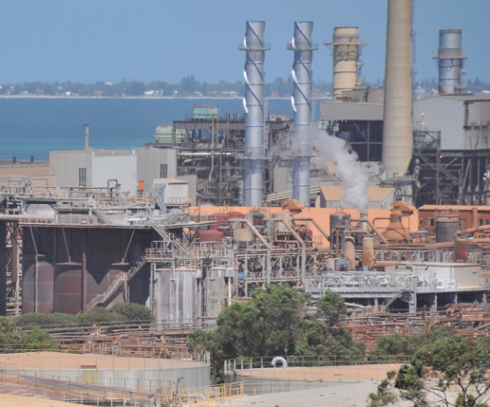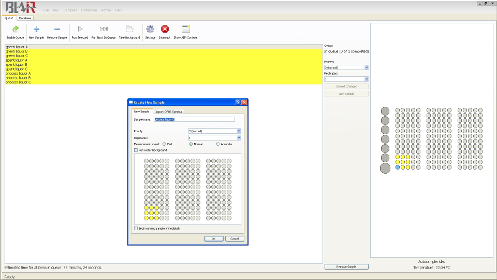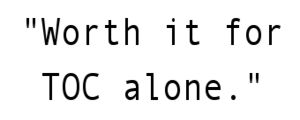



Frequent Questions
How broad is the concentration range that BLAIR can measure?
BLAIR can provide accurate analytical results for alumina streams from lake water through to the most caustic of process liquors. Typically BLAIR can be used from a C of 1g/l up to 450g/l. Unlike titration methods, there is no need to have prior knowledge of a sample's approximate sodium hydroxide or alumina concentration.
How consistent and repeatable are the results?
BLAIR is a spectroscopic technique and so is as repeatable as the FTIR instrument. We currently expect a relative standard deviation (RSD) of 0.5% for C, S and A. Our experience has been that whether you analyse liquor samples continuously all day, or you only need to measure occasionally for a research project, the BLAIR technique gives reliable results. Older analytical methods can be prone to breakdowns and questionable results when not used continuously. BLAIR's spectroscopic technique can involve no reagents and few moving parts, so there is less to go wrong.
Why would we change from our current titration method?
Changing to BLAIR will provide more information for your liquor analyses and provide it faster at the lowest cost.
How small can the sample size be for a complete BLAIR analysis?
BLAIR provides a full Bayer liquor analysis using just 20 to 100 microlitres of sample, or 4.5mL for an automated measurement.
How does BLAIR rate from an environmental perspective?
Using BLAIR for Bayer liquor analysis, the only discarded material is your sample - and that is very small. For a direct BLAIR analysis there is no need to use any reagents.
Can BLAIR be adapted for process control as well as laboratory analysis?
BLAIR can run without the addition of reagents and does not require dilution, so it is very suited to on-line monitoring for immediate feedback within the alumina refinery.
How does BLAIR work?
BLAIR incorporates a comprehensive mathematical model correlating linear and non-linear relationships between infra-red spectroscopic absorbances and the components of Bayer liquor. This comprehensive model determines the components in any 'unknown' Bayer liquor.
Can BLAIR determine sodium oxalate concentration?
Yes. Our laboratory tests have shown we can measure sodium oxalate concentration, along with a number of other organics.
Can BLAIR determine Bayer organics?
Yes. As well as oxalate, BLAIR can measure acetate, formate, malonate and succinate concentrations. It can also provide information on the breakdown of Bayer organics through the Borg value and TOC.


